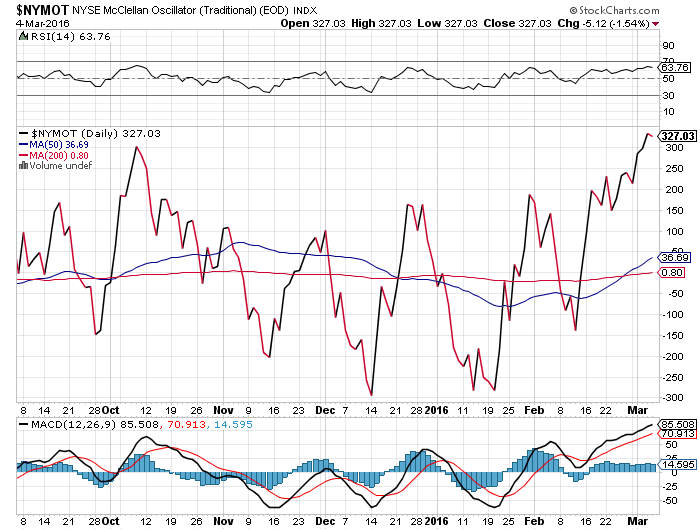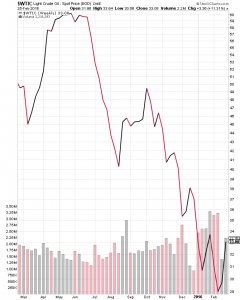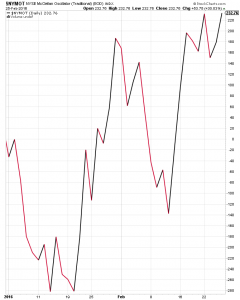|
As we get through the current storm of uncertainty and into calmer waters, we’ll continue to build out our Tematica Select Investments List. We recognize the current choppiness will likely be with us until we move past the Fed FOMC meeting in a few weeks time, but we also know volatile times like this can offer entry points that come along sparingly.While we continue to stay in a holding pattern on higher beta thematic candidates like Netflix ([stock_quote symbol=”NFLX”]) for our Connected Society thematic, the 10% drop over the last month in mobile payment company PayPal ([stock_quote symbol=”PYPL”]) puts the shares in the buy zone for our Cashless Consumption thematic that focuses on the accelerating move by consumers around the globe away from cash and checks to other forms of payment such as credit and debit cards, online payments and increasingly mobile payments.Most of us in the developed world are using credit and debit cards, and MasterCard ([stock_quote symbol=”MA”])and Visa ([stock_quote symbol=”V”]) are very happy every time you swipe one of their cards. We’ve also seen some movement toward mobile payments with the Google Wallet from Google ([stock_quote symbol=”GOOGL”]), whileApple ([stock_quote symbol=”AAPL”]) introduced Apple Pay almost a year ago. According to Gallup’s analysis, the push worked, at least to create awareness of this new product: Nearly two-thirds (65%) of consumers are at least somewhat familiar with Apple Pay. Awareness among current digital wallet users jumps to 78% and is highest (89%) among current Apple Passbook users.
In 2014, PayPal moved $228 billion in 26 currencies across more than 190 nations, generating total revenue of $7.9 billion, and the company ended the year with 162 million active user accounts, up some 13% year over year. Flash forward six months and PayPal exited 2Q 2015 with 165 million active customer accounts in 203 markets handling more than 100 currencies across its payments ecosystem that allows consumers and businesses to transact with each other online, in stores and on mobile devices.
Over the last several years, PayPal has used acquisitions to enhance its product offering and improve its competitive position in the payments industry. Past acquisitions include Braintree, an online-payment gateway used by other companies; Paydiant, an online storefront that retailers can use; and Venmo, an e-mail buddy network aimed at Millennials.
More recently, PayPal acquired Xoom to participate in the giant “remittance economy”, which refers to folks, mainly immigrants, sending money across borders. In 2014, people sent $436 billion in remittances to developing countries according to the World Bank, which projects that by 2016 global remittances will rise to $681 billion, with remittances to developing countries landing at $516 billion. Despite that growth, JPMorgan Chase ([stock_quote symbol=”JPM”]), Citigroup ([stock_quote symbol=”C”]) and Bank of America ([stock_quote symbol=”BAC”]) have scrapped low-cost services that allowed immigrants to send money to their families across the border. Remaining competitors in the remittance arena include Western Union ([stock_quote symbol=”WU”]) and Moneygram International ([stock_quote symbol=”MGI”]).
As impressive as those figures are, we find the following figure to be far more interesting — PayPal Payment Services process 30% of U.S. e-commerce transactions. Now think of how consumers are shifting their buying from brick and mortar stores to online offering such as Amazon ([stock_quote symbol=”AMZN”]), Macy’s ([stock_quote symbol=”M”]) QVC, Zappos and other e-tailors as their shopping medium moves from walking the mall to pinching and scrolling on a tablet or smartphone.
How does PayPal make money?
Like Visa, MasterCard and other by bank-sponsored credit-card operators PayPal operates within the interchange network, which charges a merchant a “take rate” of about $2.80 per $100 transaction on average. Most of that take goes to the card issuer and the rest to processors such as PayPal for facilitating the transaction. On about 40% of its transactions, PayPal takes the full 2.8%, because customers have transferred the money directly from their bank accounts. In these cases, PayPal runs the payments through its own network, away from the card companies’. Last year, transactions of these types accounted for 89% of the company’s net revenues of $7.9 billion. The remaining revenue was derived from a variety of services, such as interest and fees on credit receivables, subscription fees, and revenue sharing.
Think about it: Every time a person upgrades to a newer iPhone model, that’s another potential Apple Pay user. And as Apple adds more banks to the program and expands around the globe, that should mean more Apple Pay users, too. The same holds for Uber, Airbnb and others that like Apple Pay utilize PayPal’s Braintree payment gateway to complete transactions. Just because we don’t see people paying with PayPal in stores doesn’t mean it’s not being used. This makes PayPal a bullet play on mobile payments guns like Apple Pay and others.
Much like Visa and MasterCard, this means dollars go to PayPal whenever a transaction crosses the company’s Braintree-powered platforms. To me, that makes PayPal far more interesting as a “Buy the Bullets, Not the Gun” play on the Cashless Consumption thematic than many other options.
Over the next several years, Forrester Research sees US mobile payments growing from $52 billion in 2014 to $142 billion by 2019, and with new entrants such as Facebook ([stock_quote symbol=”FB”])entering the fray, PayPal’s behind the scenes gateway opportunities look promising, particularly for mobile payments.
 The combination of this rising tide and bullet position that could expand the number of merchant and retail relationships now that PayPal is freed from eBay bodes well for continued top and bottom lie growth. Today PayPal services roughly 75 of the top 100 online merchants and closing that gap could add meaningfully to 2016 expectations and beyond. The combination of this rising tide and bullet position that could expand the number of merchant and retail relationships now that PayPal is freed from eBay bodes well for continued top and bottom lie growth. Today PayPal services roughly 75 of the top 100 online merchants and closing that gap could add meaningfully to 2016 expectations and beyond.
PayPal shares are currently trading at 23.5x expected 2016 earnings of $1.49 per share (up 20% year over year), inline with similar multiples for MasterCard and Visa, the latter of which is only slated to grow its earnings 14% year over year in 2016. Applying a discounted price to earnings growth (PEG) ratio relative to those accorded to Visa and other competitors suggests upside to $45 for PayPal over the coming 12-18 months.
With only a limited trading history for PYPL shares, to assess the downside we’ve looked at trough multiples for Visa over the last seven quarters and applying those multiples implies potential downside to $32 for PayPal shares in the coming quarters. Given last night’s closing price of $35.07 and a risk-to-reward ratio skewed to the upside, we are adding PYPL shares to our Tematica Select Investments List as part of our Cashless Consumption thematic. In the expected market chop, the closer to $32 PYPL shares get, the more aggressive our recommendation becomes.
IPAY is Our ETF Play on Cashless Consumption
For those looking to place client funds in a more diversified play on the Cashless Consumption thematic, in lieu of PayPal shares we’d recommend PureFunds ISE Mobile Payments ETF ([stock_quote symbol=”IPAY”]), which debuted in mid-July, and counts Visa (V), MasterCard (MA), American Express (AXP), and PayPal among its top holdings. On a combined basis those four positions account for 24% of IPAY’s overall holdings. |











 The combination of this rising tide and bullet position that could expand the number of merchant and retail relationships now that PayPal is freed from eBay bodes well for continued top and bottom lie growth. Today PayPal services roughly 75 of the top 100 online merchants and closing that gap could add meaningfully to 2016 expectations and beyond.
The combination of this rising tide and bullet position that could expand the number of merchant and retail relationships now that PayPal is freed from eBay bodes well for continued top and bottom lie growth. Today PayPal services roughly 75 of the top 100 online merchants and closing that gap could add meaningfully to 2016 expectations and beyond.